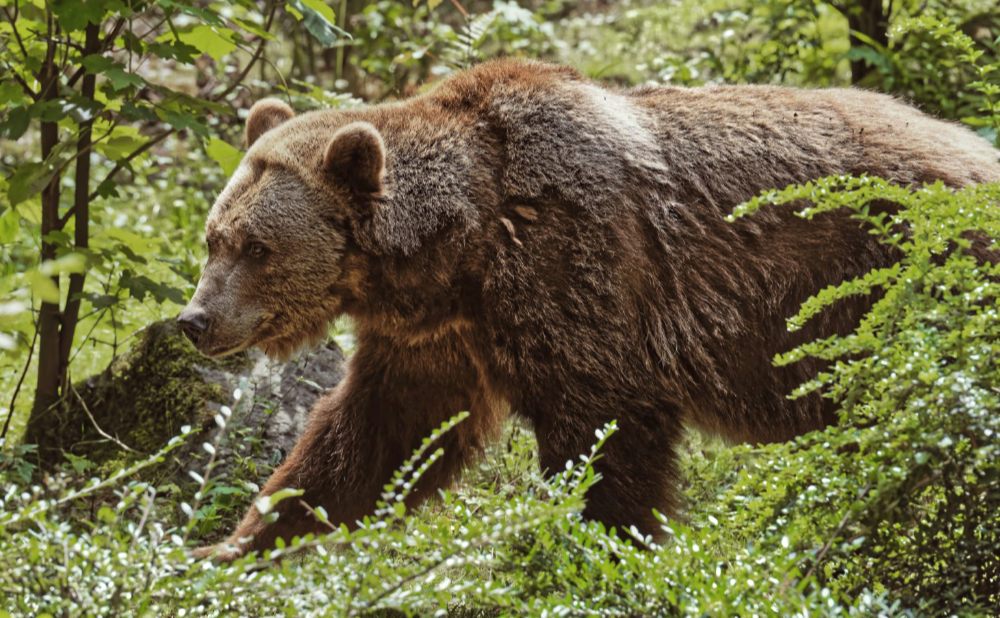
JUST ABOUT EVERY WINTER, people coming to the desert for the first time for Rubber Tramp Rendezvous or other gatherings ask about the danger of snakes, scorpions, tarantulas, or coyotes. And there are shocking stories in the media about attacks from bears, cougars, wolves, alligators, and sharks in other parts of the continent. But, really, how likely are you to be harmed by wild animals once you venture from the familiarity of your former habitat?

The Creepy Crawlies of the Desert
If, like sane people, you come to the desert in winter instead of when it’s blazing hot, then snakes, tarantulas, and scorpions are mostly dormant in their hidey-holes.
I’ve seen two tarantulas in nine years. Both did their best to avoid us humans. I saw one scorpion (dead) only because a fellow camper had gone searching for them, overturning rocks, poking into holes, waving a UV light around. And the only times I’ve encountered rattlesnakes they were dozing in the sun, usually in the middle of the road, not waiting to pounce on greenhorns.
Here’s the thing about these animals. Since we are neither food nor mates for them they’re not interested in us. They cause us trouble only after we cause them trouble. Their attacks are defensive, retaliatory.
Desert Animals Most Likely to Cause You Trouble
Okay, so which critters should we worry about? Well, here they are, ranked by reported incidents:
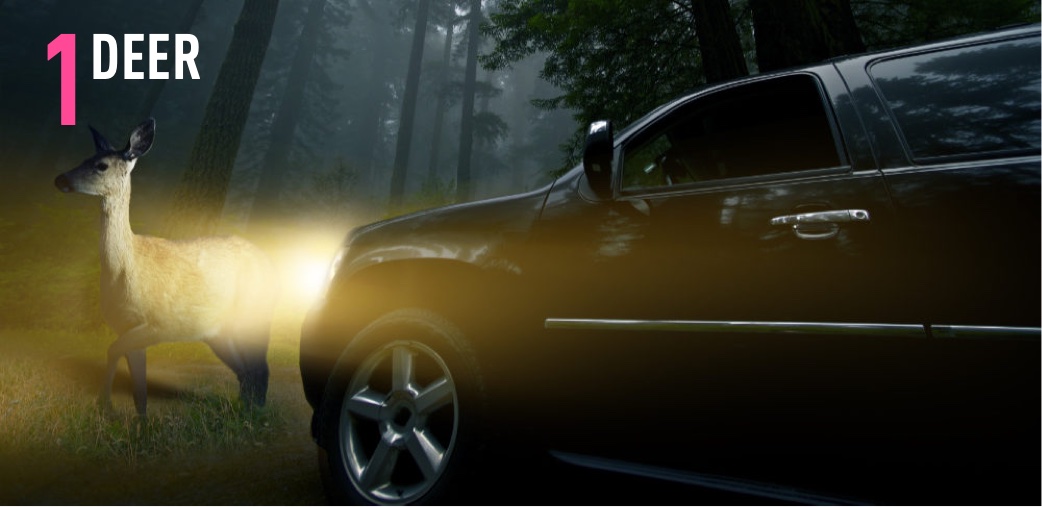
Yes, sweet, lovely Bambi. Not because they attack us (except maybe stags in rut), but because of automotive accidents when we swerve to avoid them in the road. Or when we hit them and they come through the windshield. You can encounter deer any time of day, but be particularly watchful from dusk to dawn when they’re out and about and visibility is compromised.
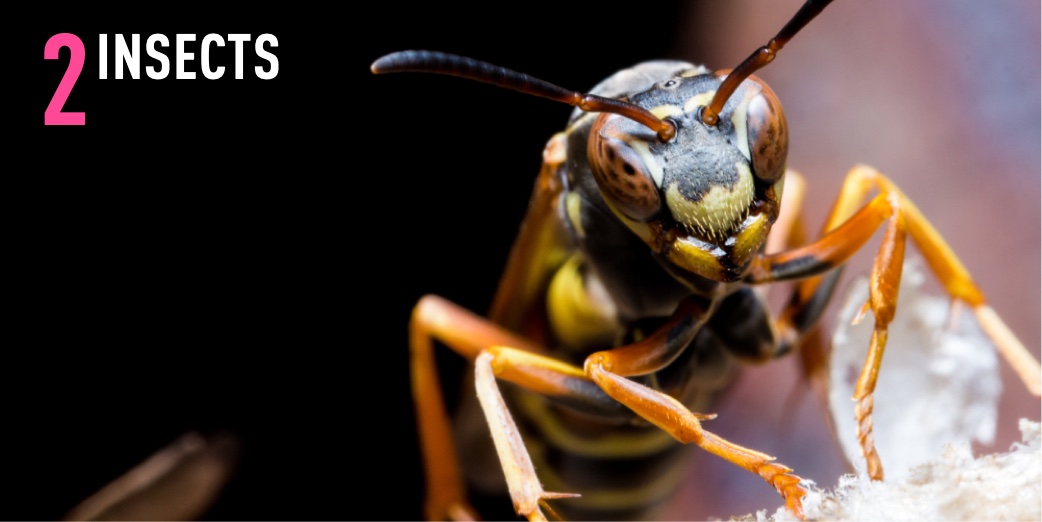
Bees, yellow jackets, no-see-ums, horseflies, mosquitoes, ticks, spiders and such. For most people that means only temporary discomfort, but for others it can be life threatening because of severe allergic reactions, including anaphylaxis. And some insects carry diseases.

Feral, stray, rabid; or a fearful, aggressive, unsocialized, unrestrained, pet of a fellow camper or someone in town.
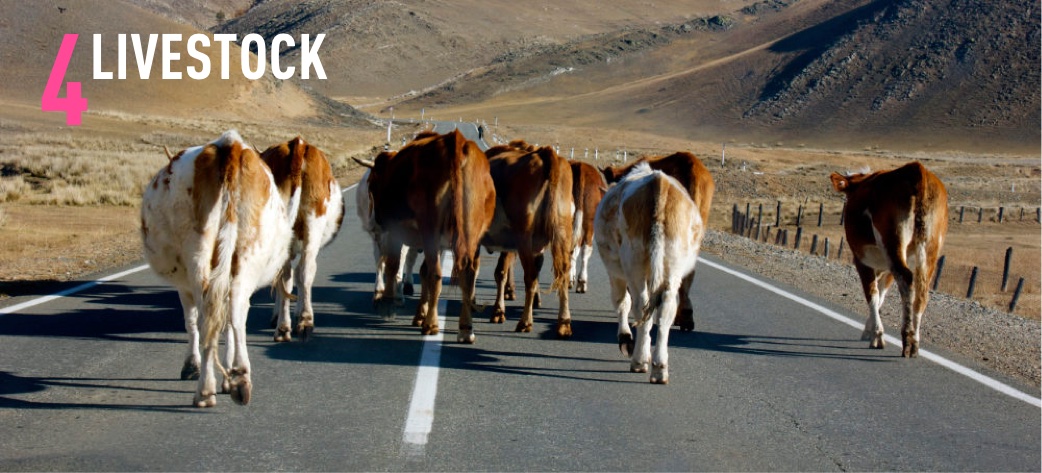
Most livestock injuries happen to the people working with them. But if you’re not a farmer, rancher, breeder, trainer or equestrian, your bad experience with these animals will be pretty much the same as with deer. However, cows aren’t likely to leap out in front of you like a deer. Nonetheless, a friend destroyed her fairly new van when she collided with a black steer on a black highway in the black of night. She and her dog were not physically harmed, though.
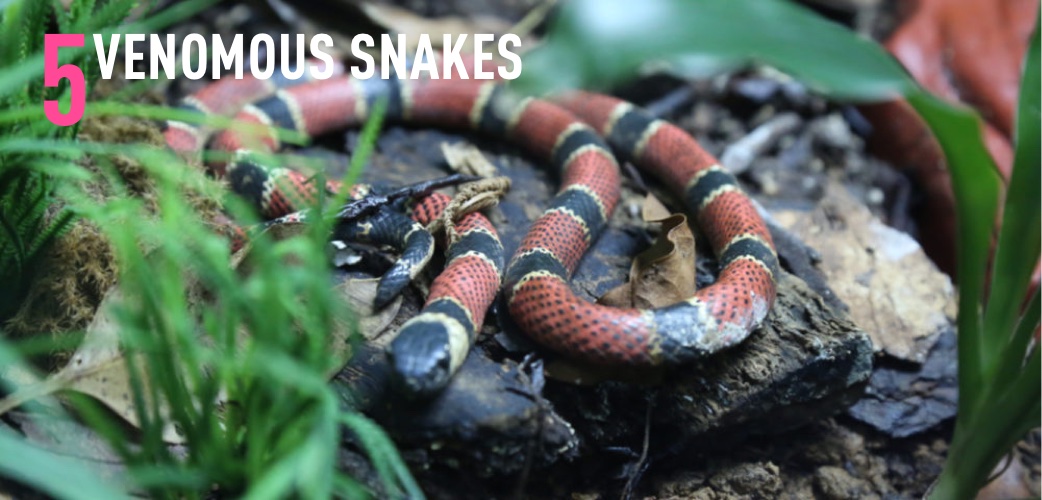
Compared to the previous animals, snakes are waaaaaaaaaay down on the list. But it happens — usually when you surprise each other. You’re shuffling along through the sage, creosote, rabbit brush and grasses, not watching where you step and… If you see a snake, back away. Be particularly vigilant in spring when the baby snakes are about. They’re harder to see because they’re smaller, and, unlike adult snakes that have learned how to meter their venom when they bite, young snakes let go of the whole load.
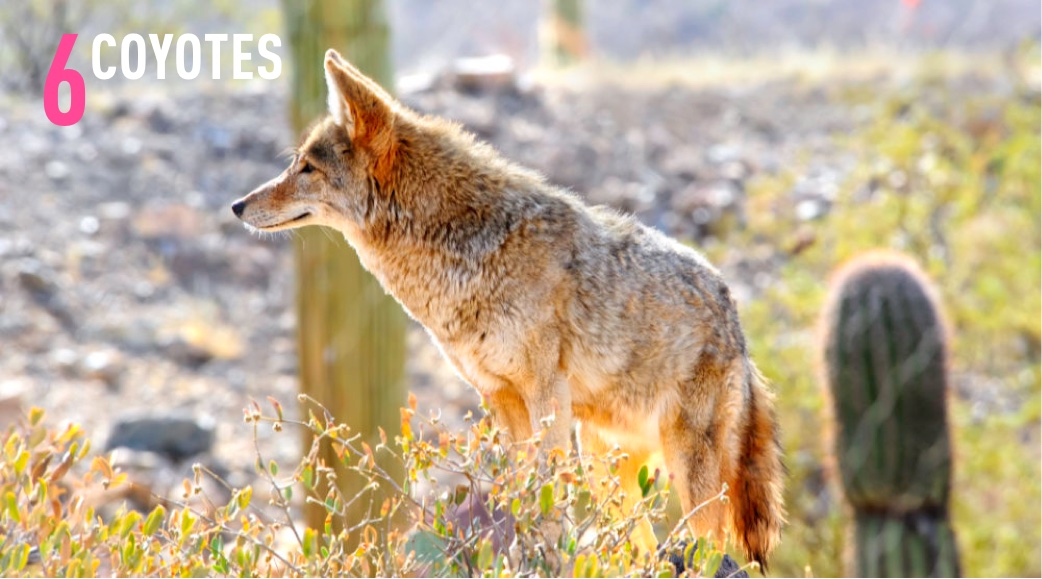
While not a direct danger to humans (unless you harass them), coyotes can be lethal for dogs and cats. If you let your pets roam they might not come home, and that can severely wound your heart.
Non-Desert Animals to Worry About
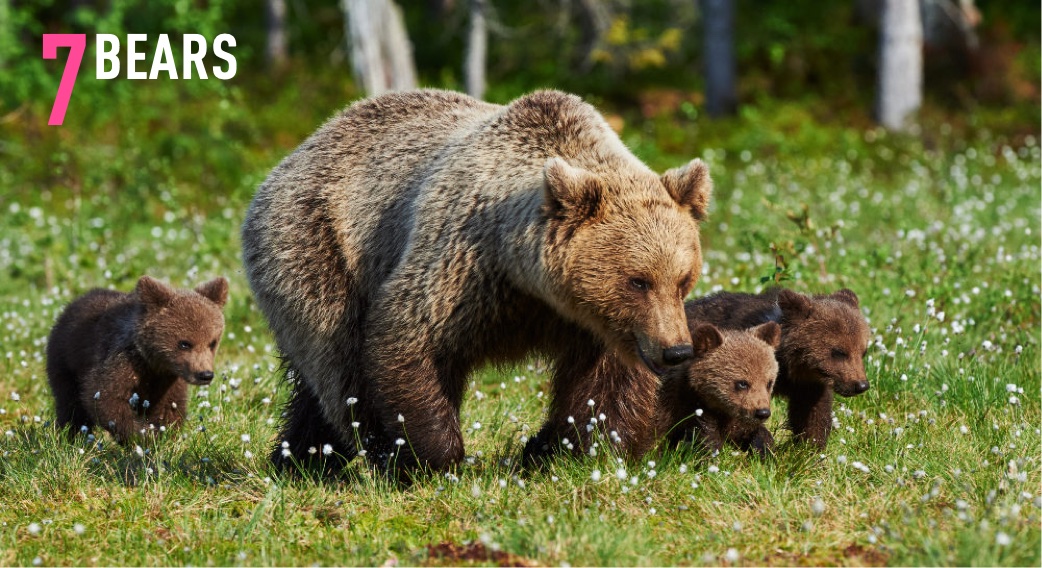
Take all bears seriously. Black, brown, grizzly, polar… (Well, not Care Bears, the Berenstain Bears, or Pooh.) Although bear attacks are very rare compared to others mentioned here, they are on the rise as humans further encroach on their habitat — and as more foolish people unknowingly set themselves up for trouble. Here’s some bear encounter advice from the National Park Service.
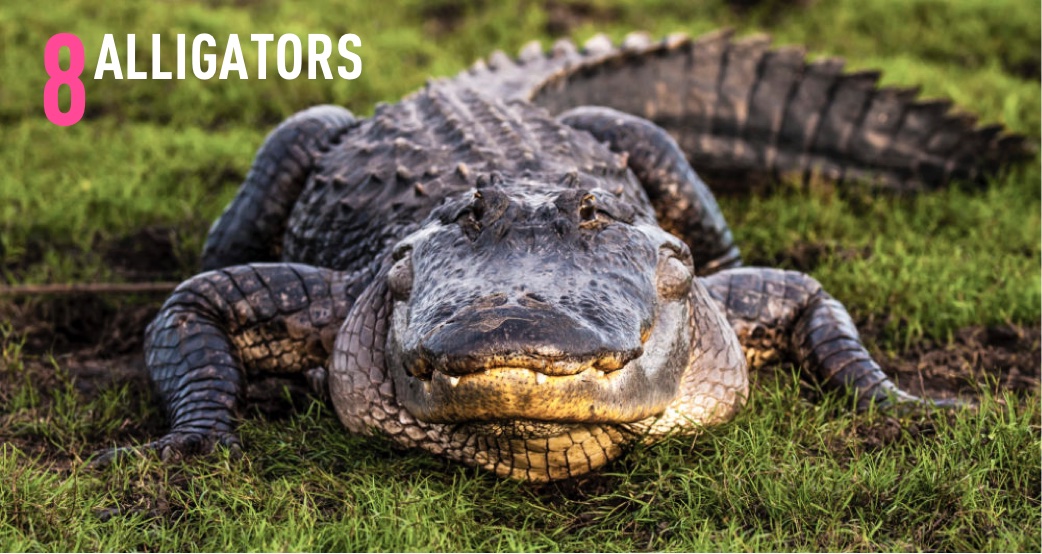
Fortunately, gators are limited to a relatively small territory. Despite the rarity of gator attacks, they’re still unpredictable. And fast. I think the best course of action is to keep your distance. I suggest at least 100 miles. Here’s some advice if you choose to get closer to alligator habitat than that.
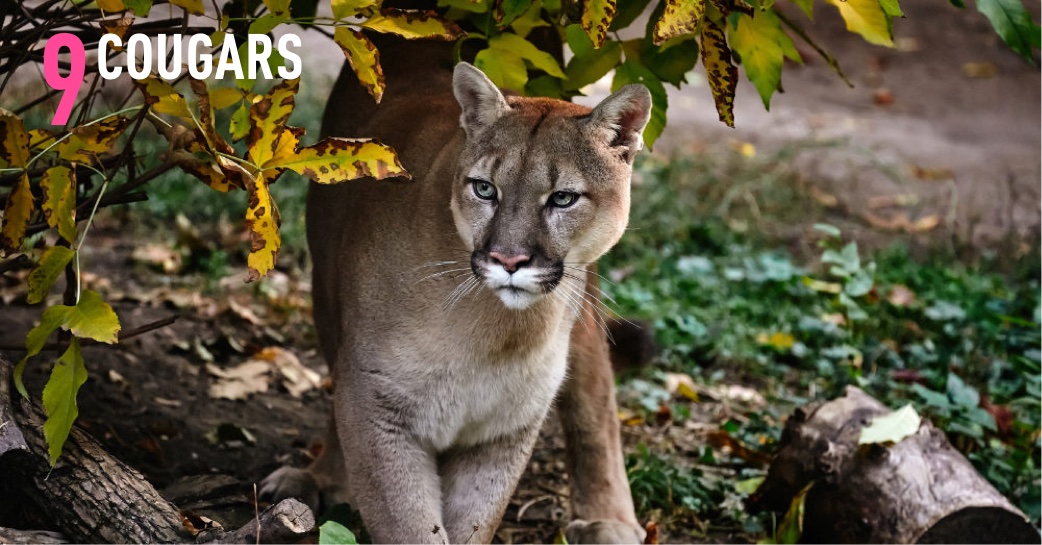
Fortunately, cougars/mountain lions/pumas tend to avoid humans, so if you do encounter one, it’s most likely out of happenstance rather than you being stalked. There’s a by-now famous video of a hiker stumbling upon a cougar and its cubs. He walked backward a good distance while the mother feigned terrifying attacks. Bob came across a mountain lion a few years ago. He tells his story here.
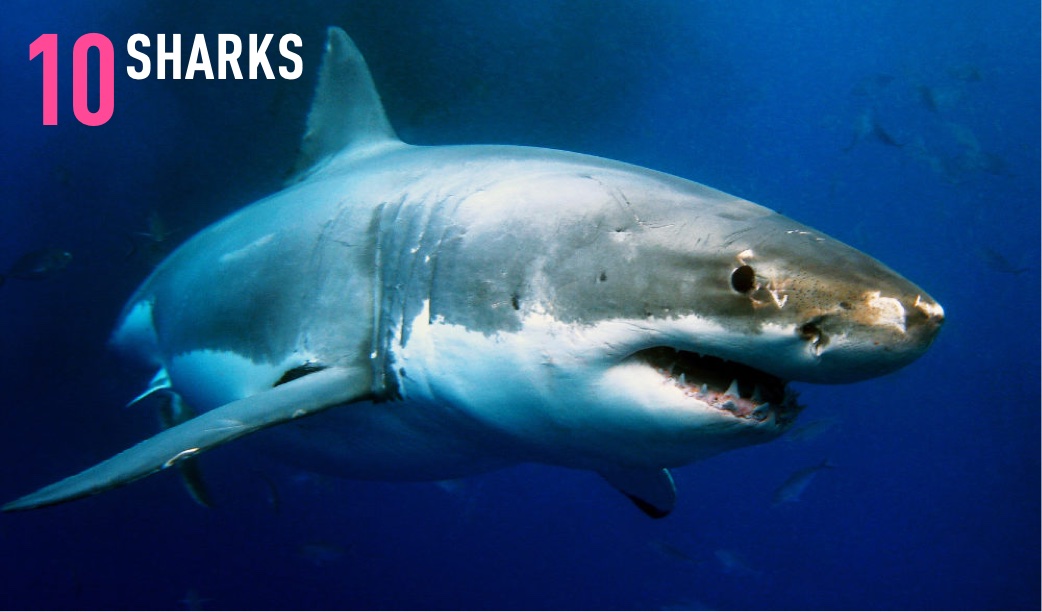
Do not camp in the ocean. Problem solved.
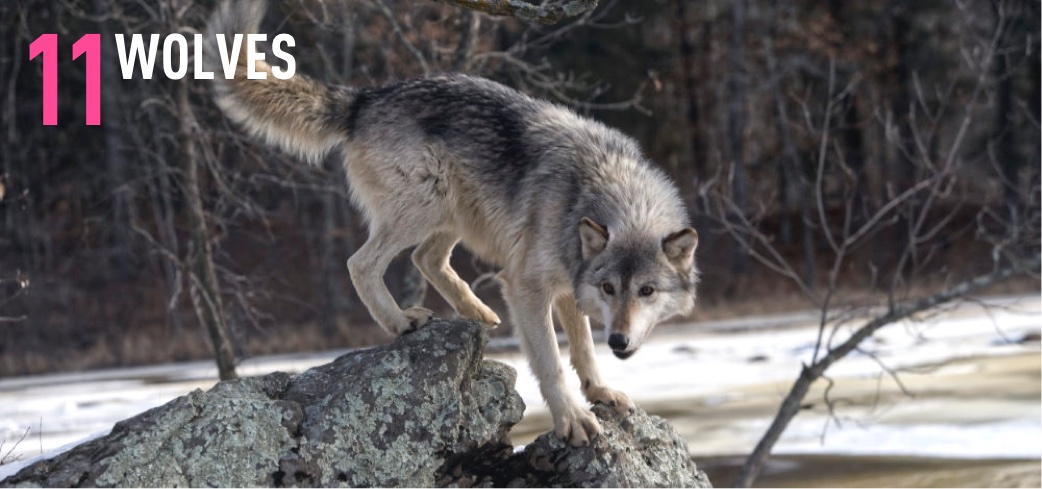
An 18-year study of wolf attacks concluded that risk of humans being harmed by wolves is “above zero, but far too low to calculate.” Of the documented attacks, 78% were due to rabies rather than predation. However, like bears and other wildlife, wolves take advantage of food sources left available by humans. So practice proper storage and disposal of food when in wolf country. And mind your pets.
Conclusion
My intent is neither to scare you or make you think there’s absolutely nothing to fear out here from various kinds of wildlife. I just think if we’re going to worry, it should be about the right things and to and appropriate degree.

Most dangerous animal is mice $$$$$$ can do lots of damage to wiring.
Most dangerous animal has 2 legs.
Yes – Humans need guarding against and fortunately the occasional hug.
Agree
Kay, I totally agree for these sort of animals are unpredictably dangerous ! ?
The domestic bipedal semi-hairless ape is the one that worries me.
All the rest are predictable.
J, U got that right !! ??
I agree with all of the above comments. Thank you Al, for yet another very informative, well presented & interesting article.
For people in wilderness area in their range, Moose are just ornery / unpredictable, but usually just giving them room is fine. As a traffic hazard, they are taller (way taller) and much larger than deer. Hitting one of them is more likely to be fatal because they are much more likely to tumble through a windshield into the passenger compartment of a vehicle than a deer.
I was surprised moose didn’t show up on the lists in my research. I guess incidents with them are more rare than with the other animals.
I would also add the Bison, or American Buffalo. Every year at Yellowstone NP and here in the Black Hills of South Dakota, we read a story about someone getting too close and getting injured. DO NOT PET THE FLUFFY COWS. Bison are large and unafraid of just about everything. They usually only get annoyed with people if they are too close, in their way, or to protect their calves. I was on a road in Custer State Park while a herd of bison were using the same road coming towards us. Traffic was stopped as we watched them pass. For no reason, one of them decided to headbutt the front of my truck. If you are not in a vehicle, and see a bison, watch them very carefully. If they are annoyed with you, they will raise their tail as a warning. Ignore that at your own peril. Keep your distance. They are beautiful and impressive animals. But they can also be deadly.